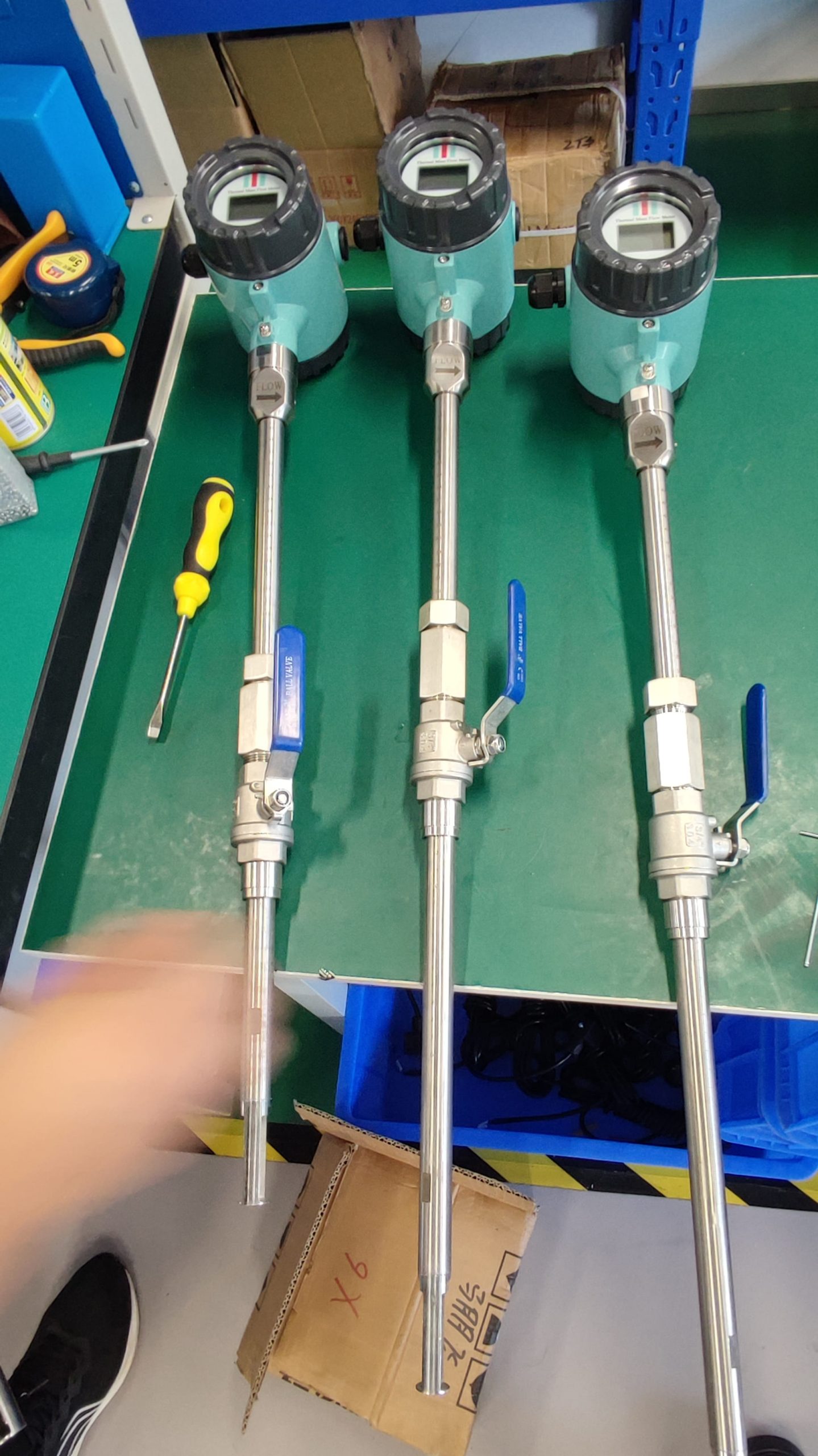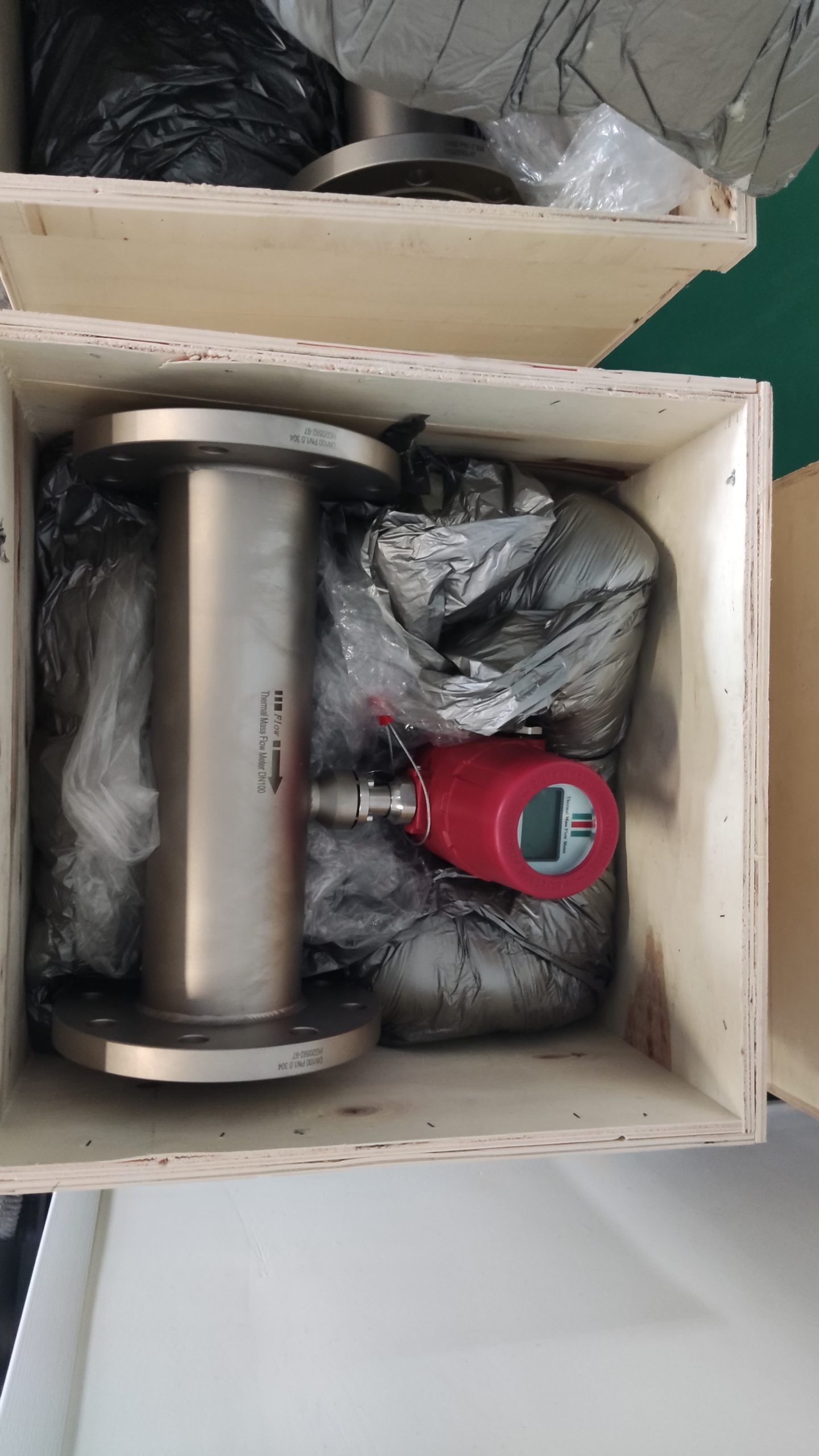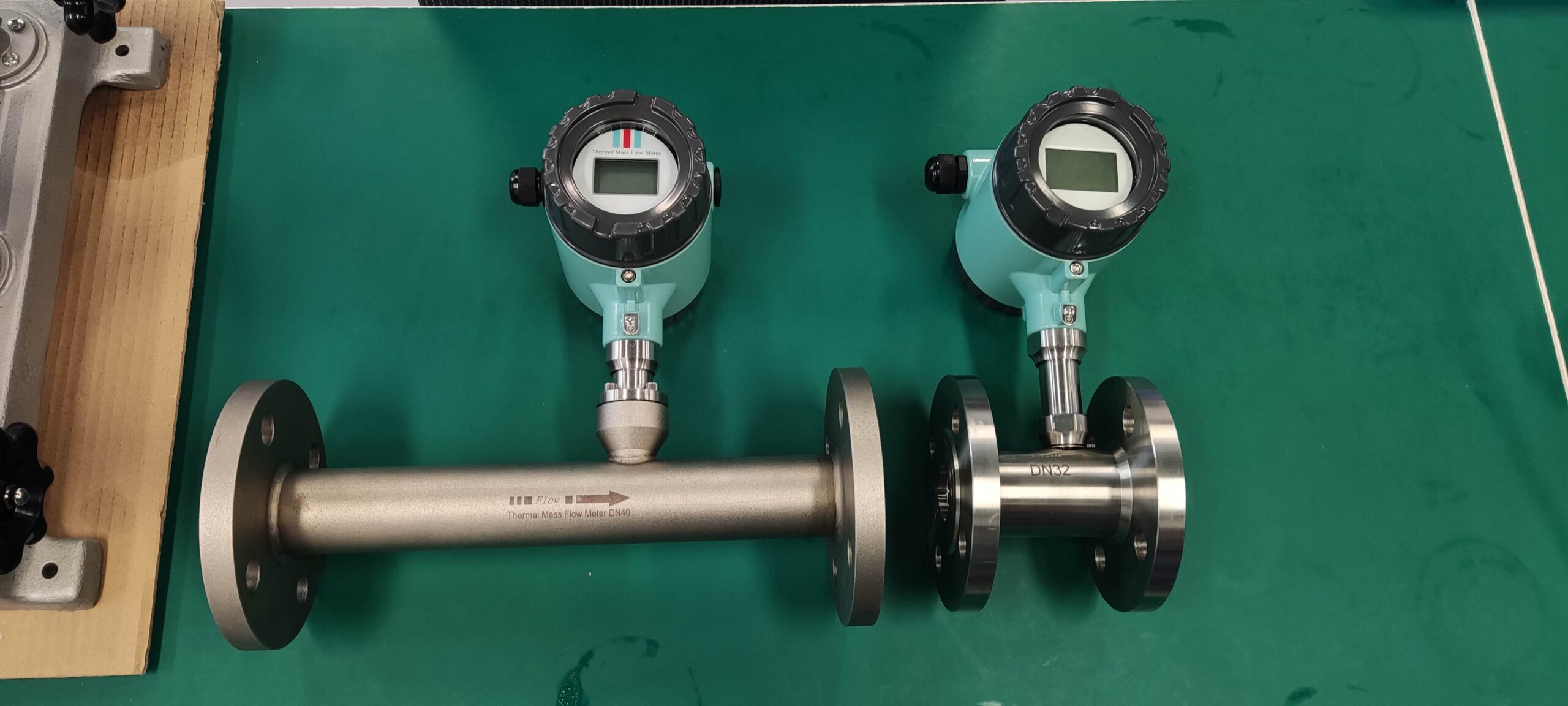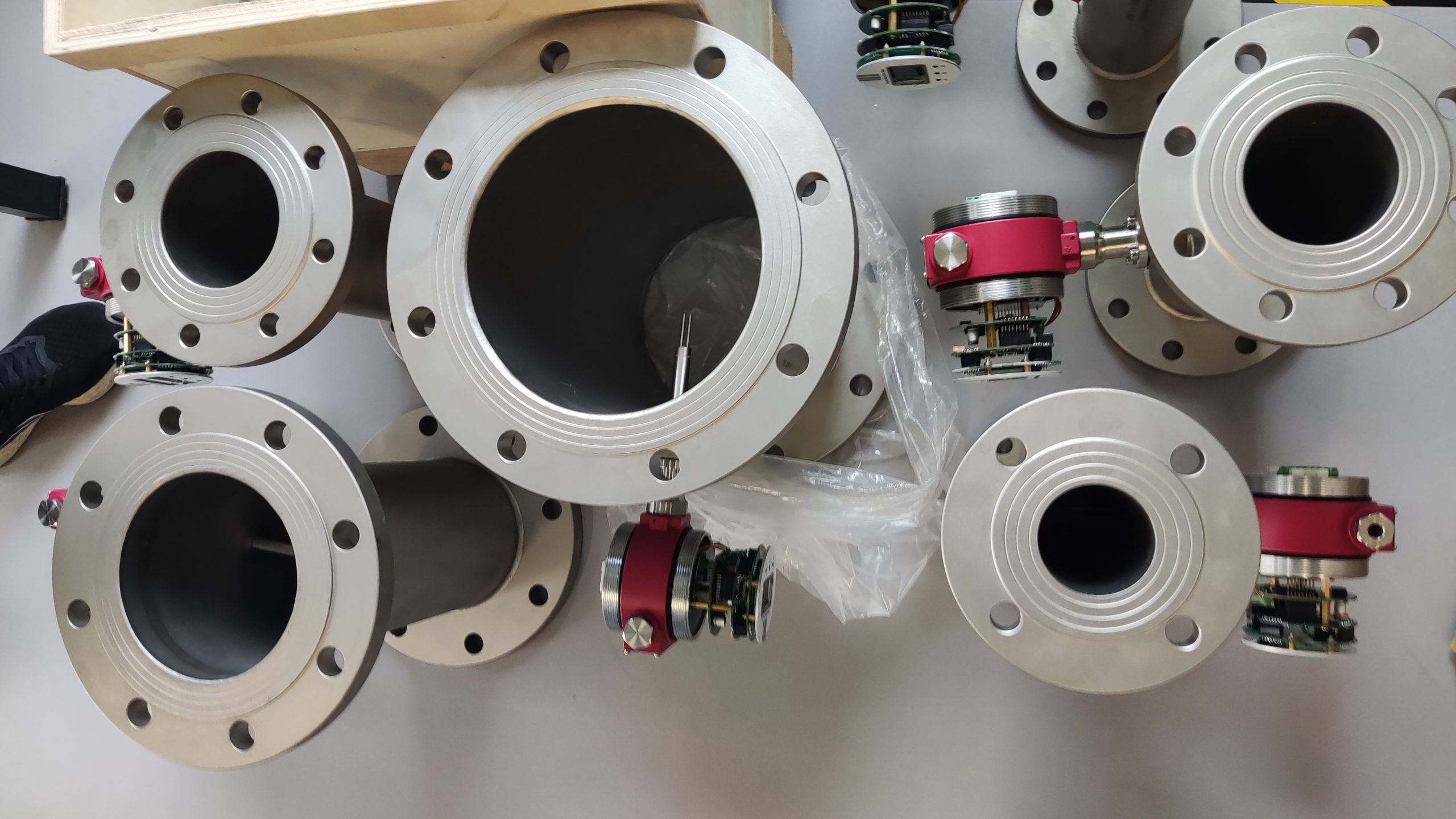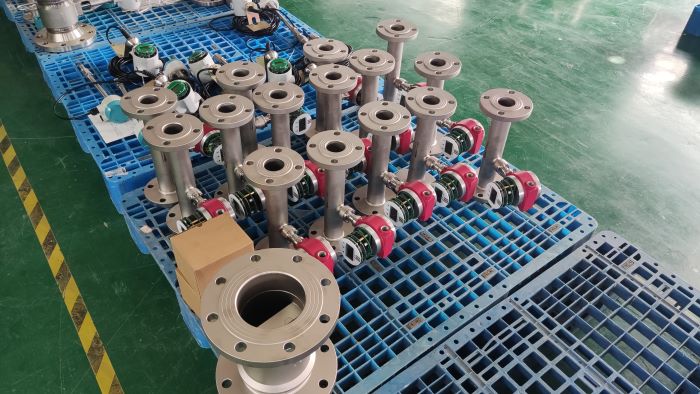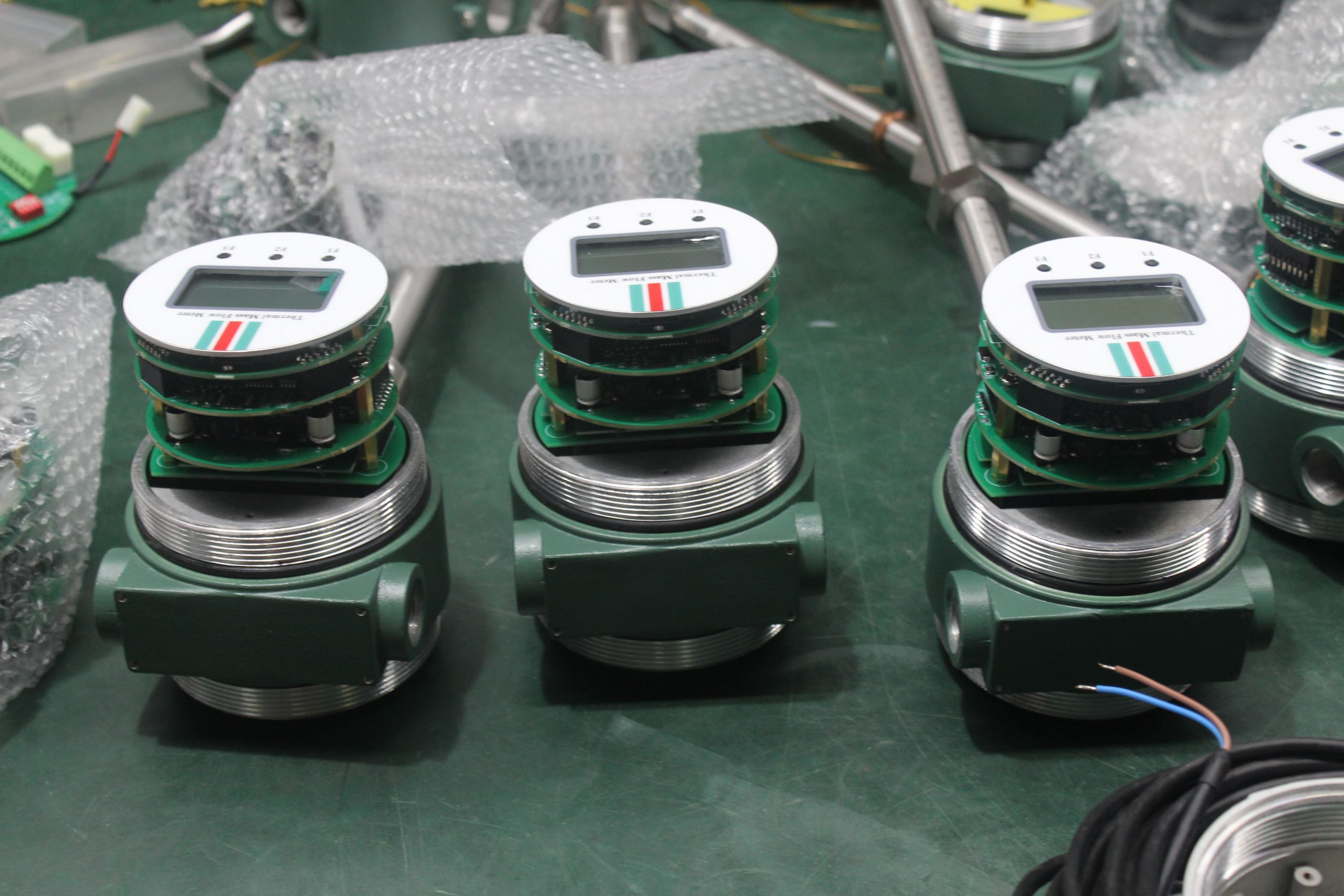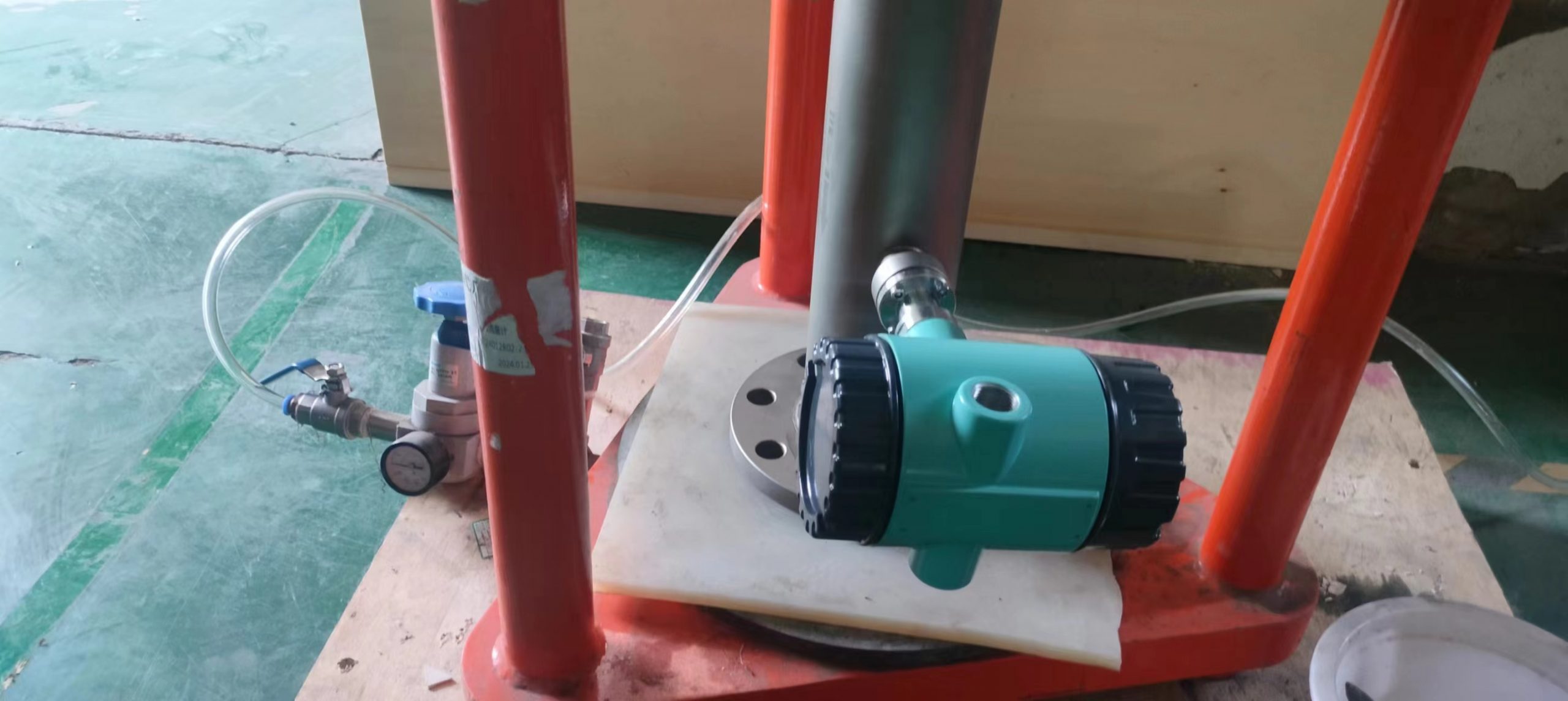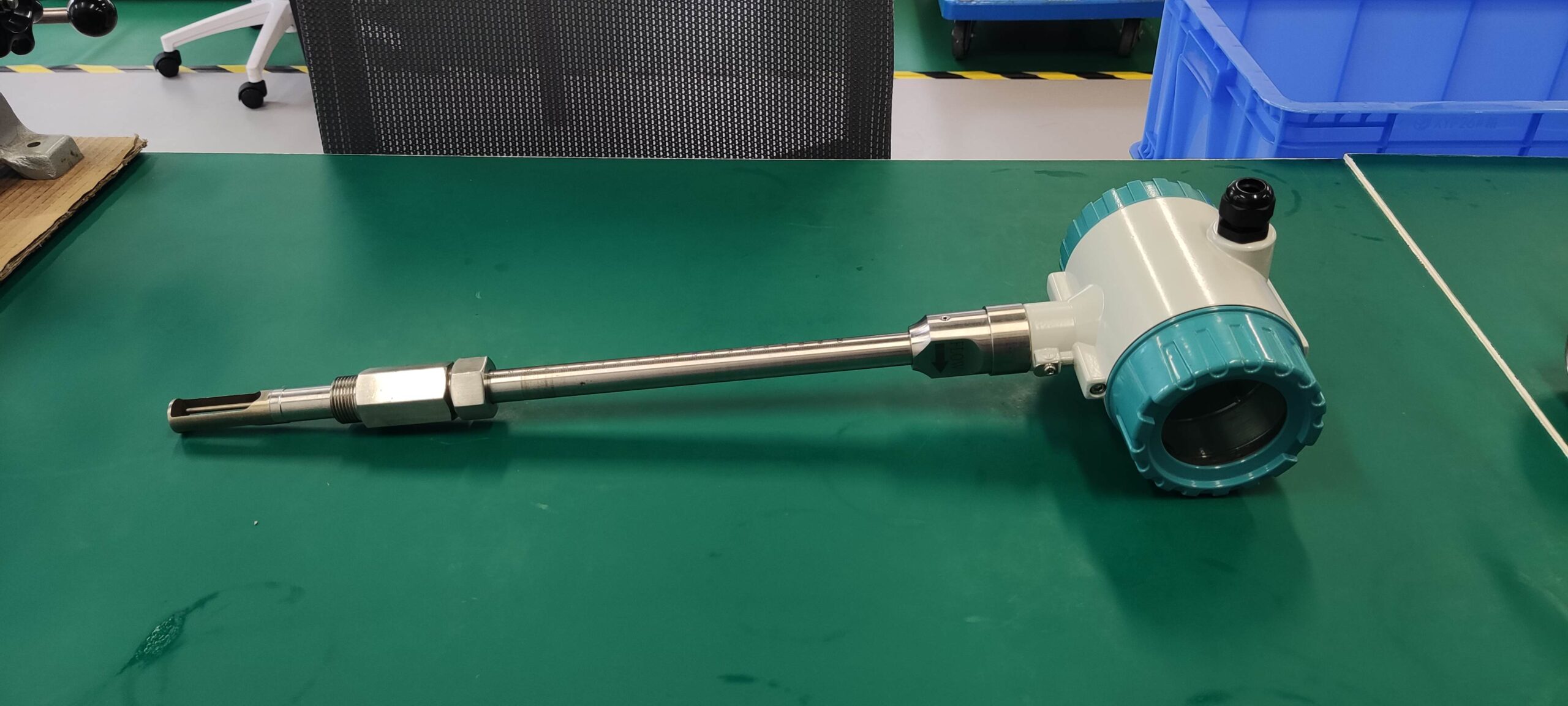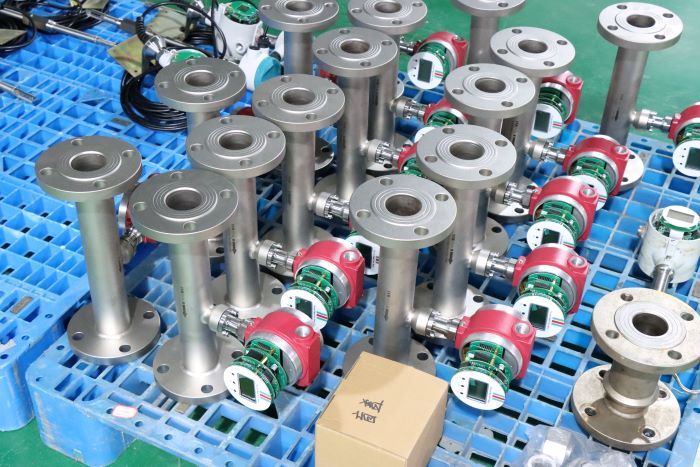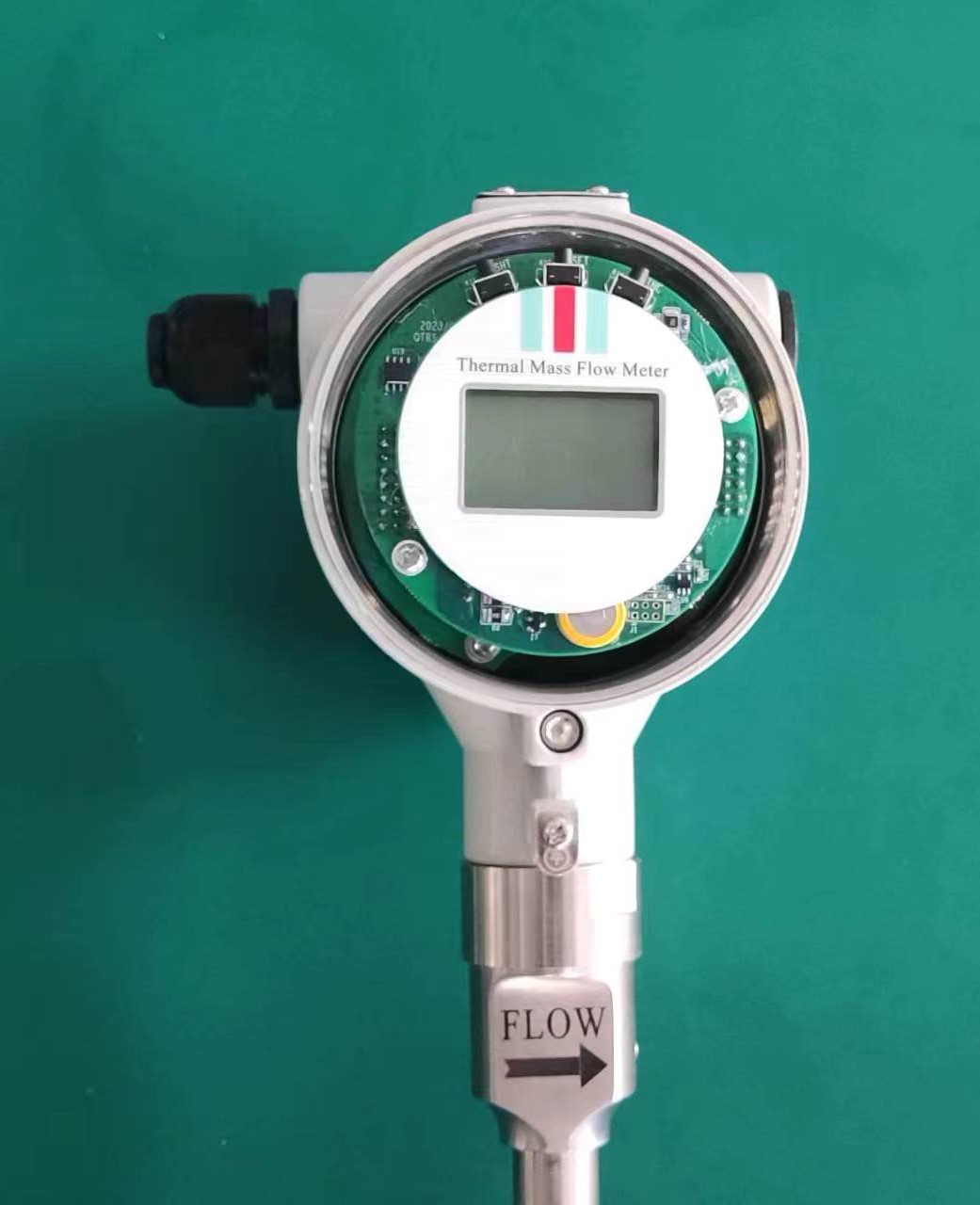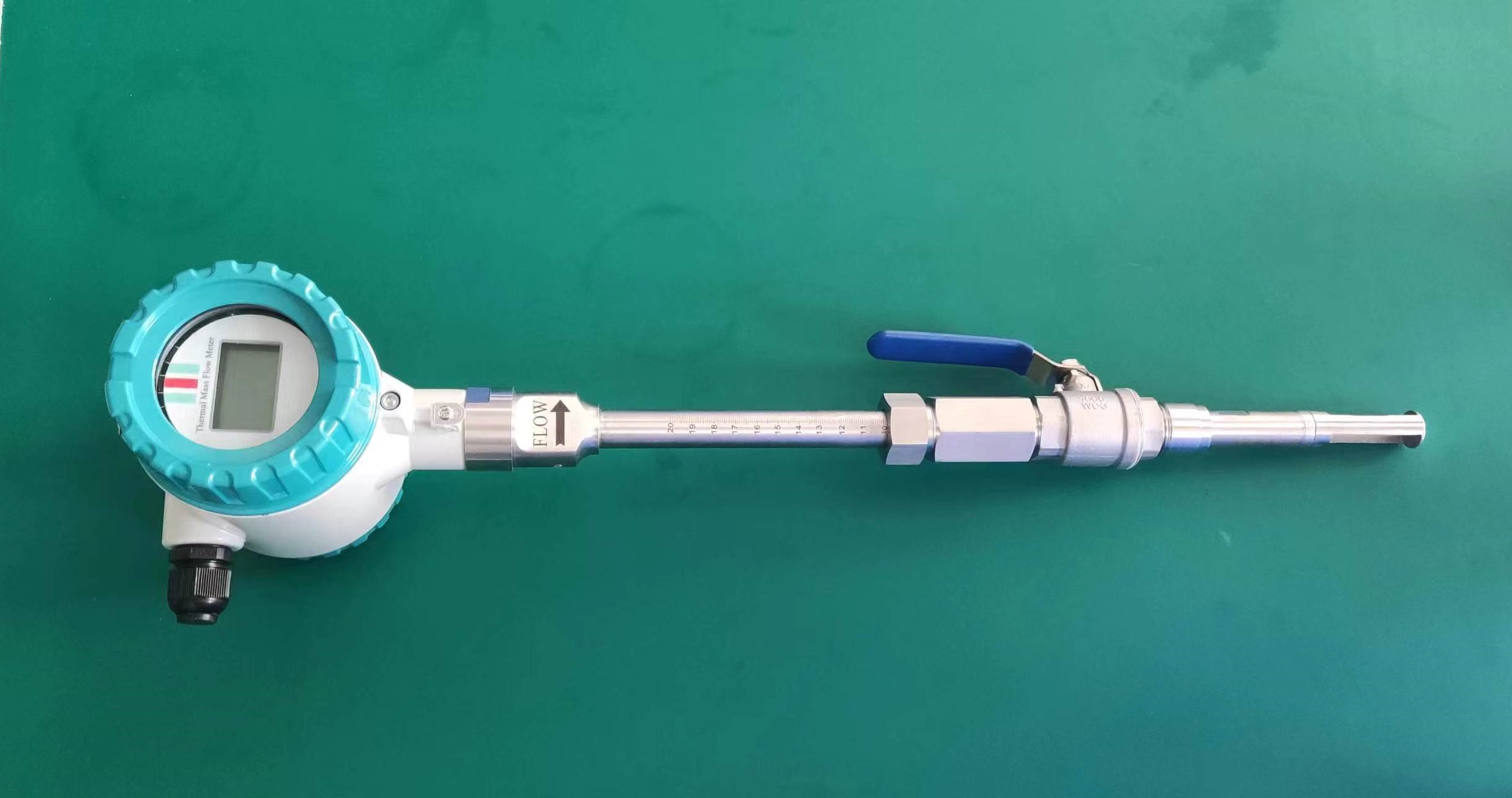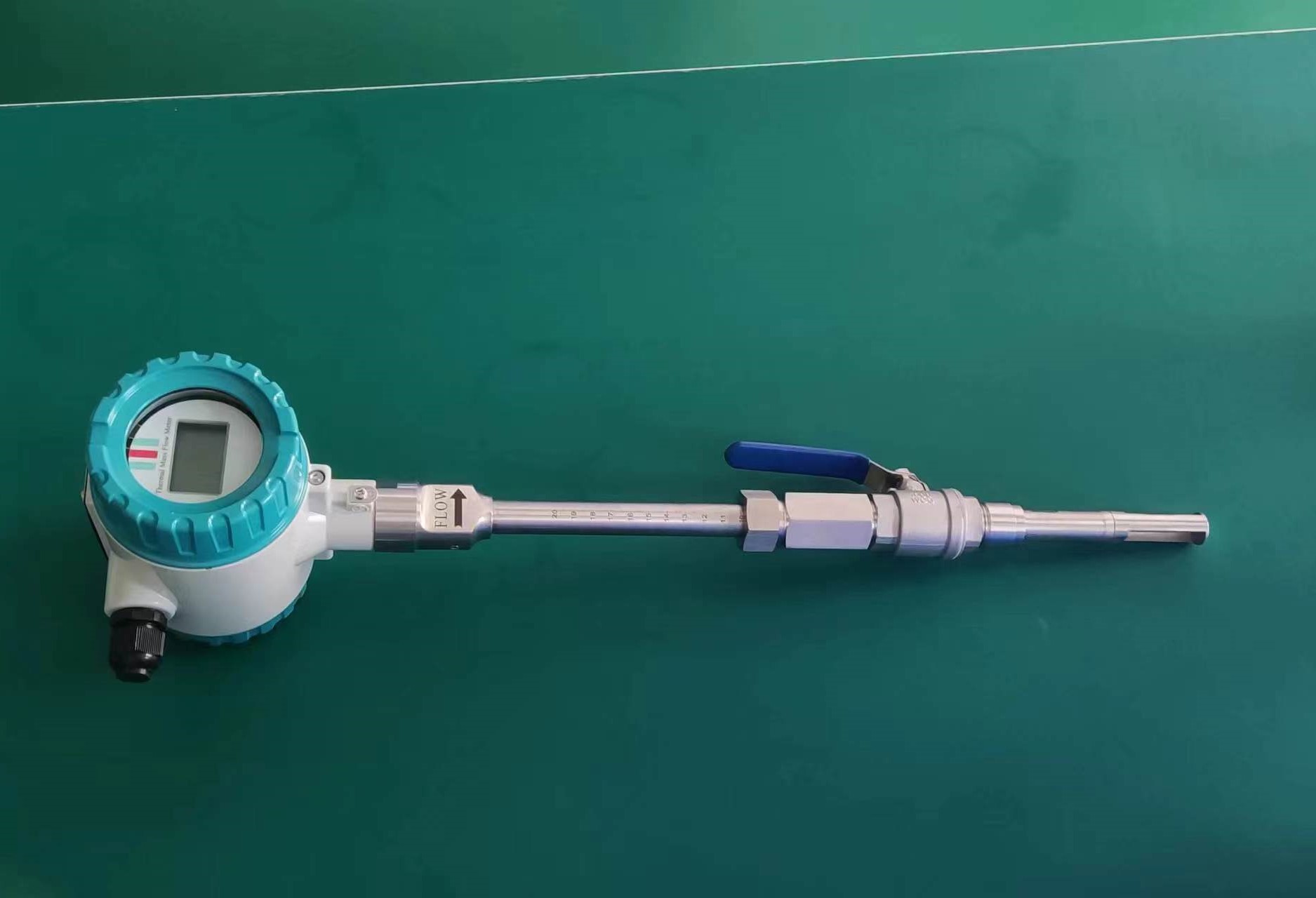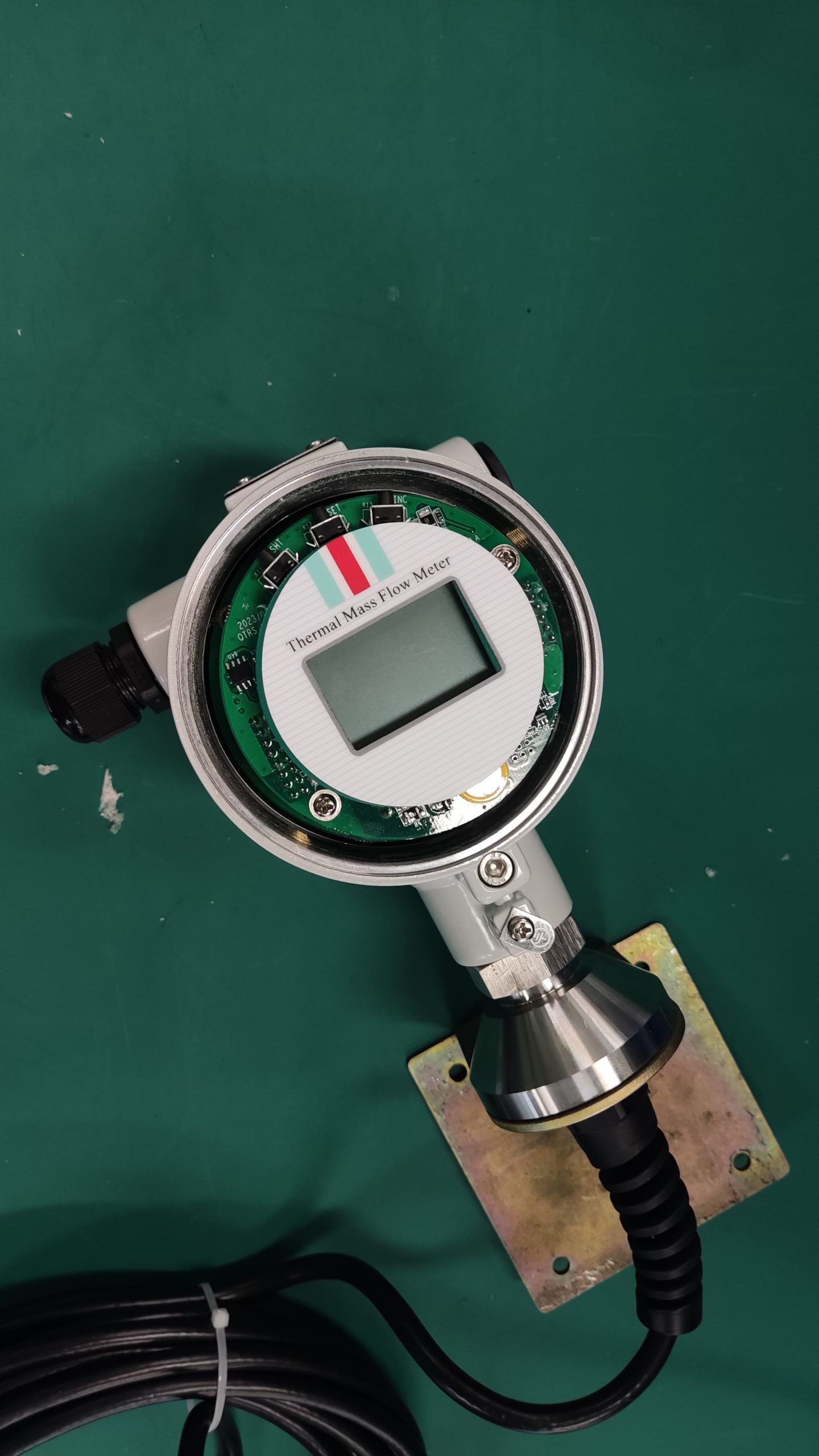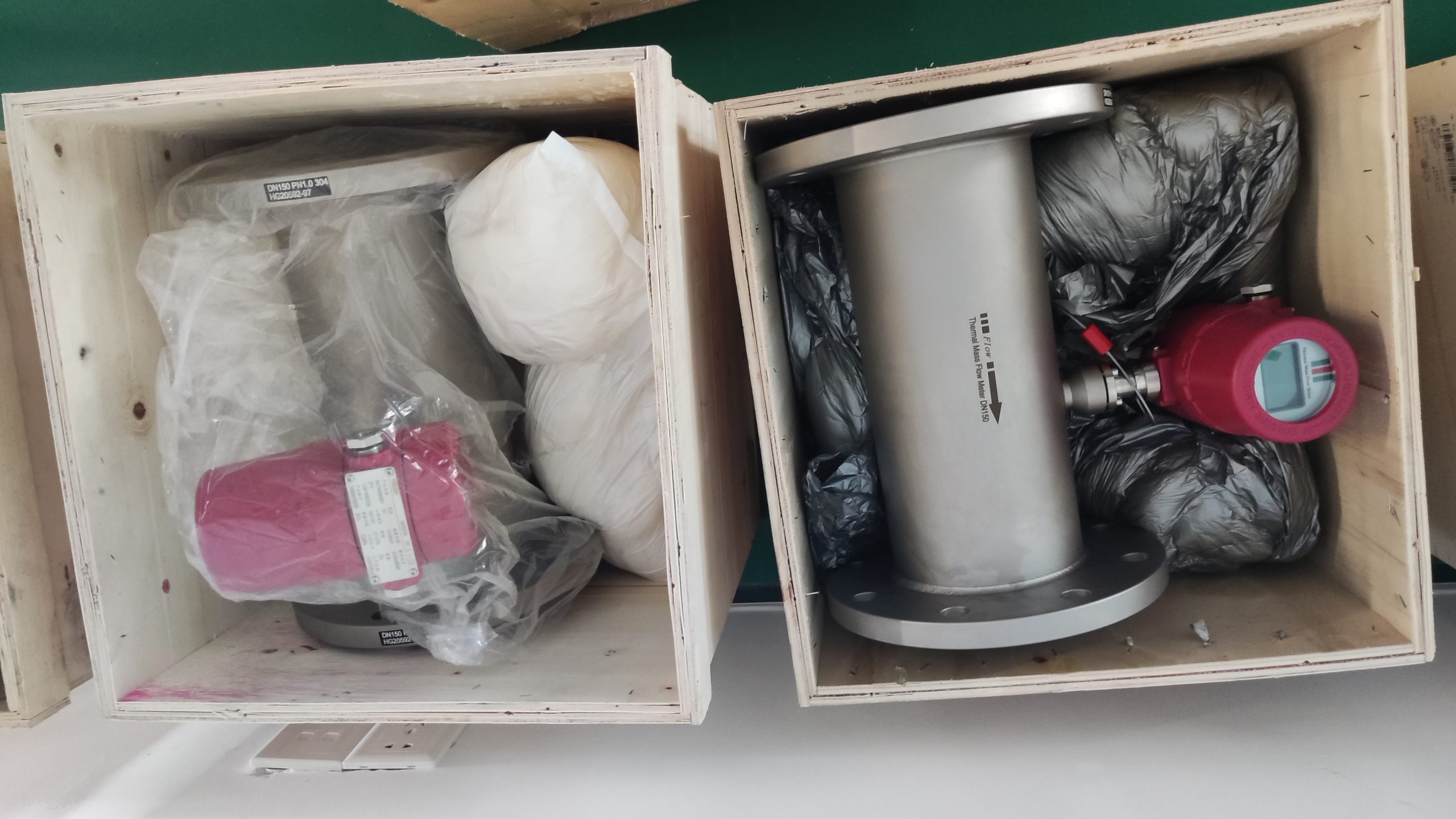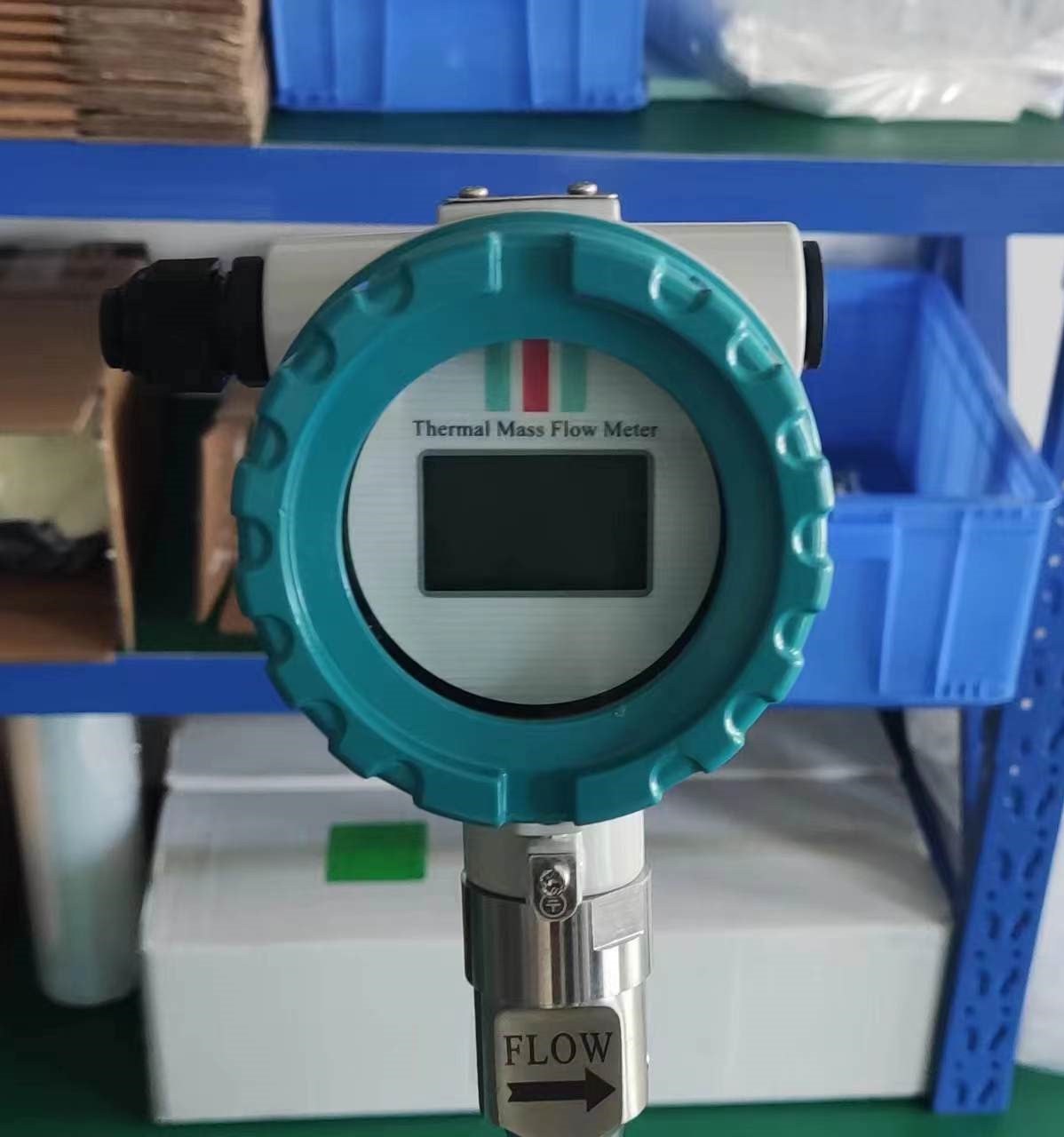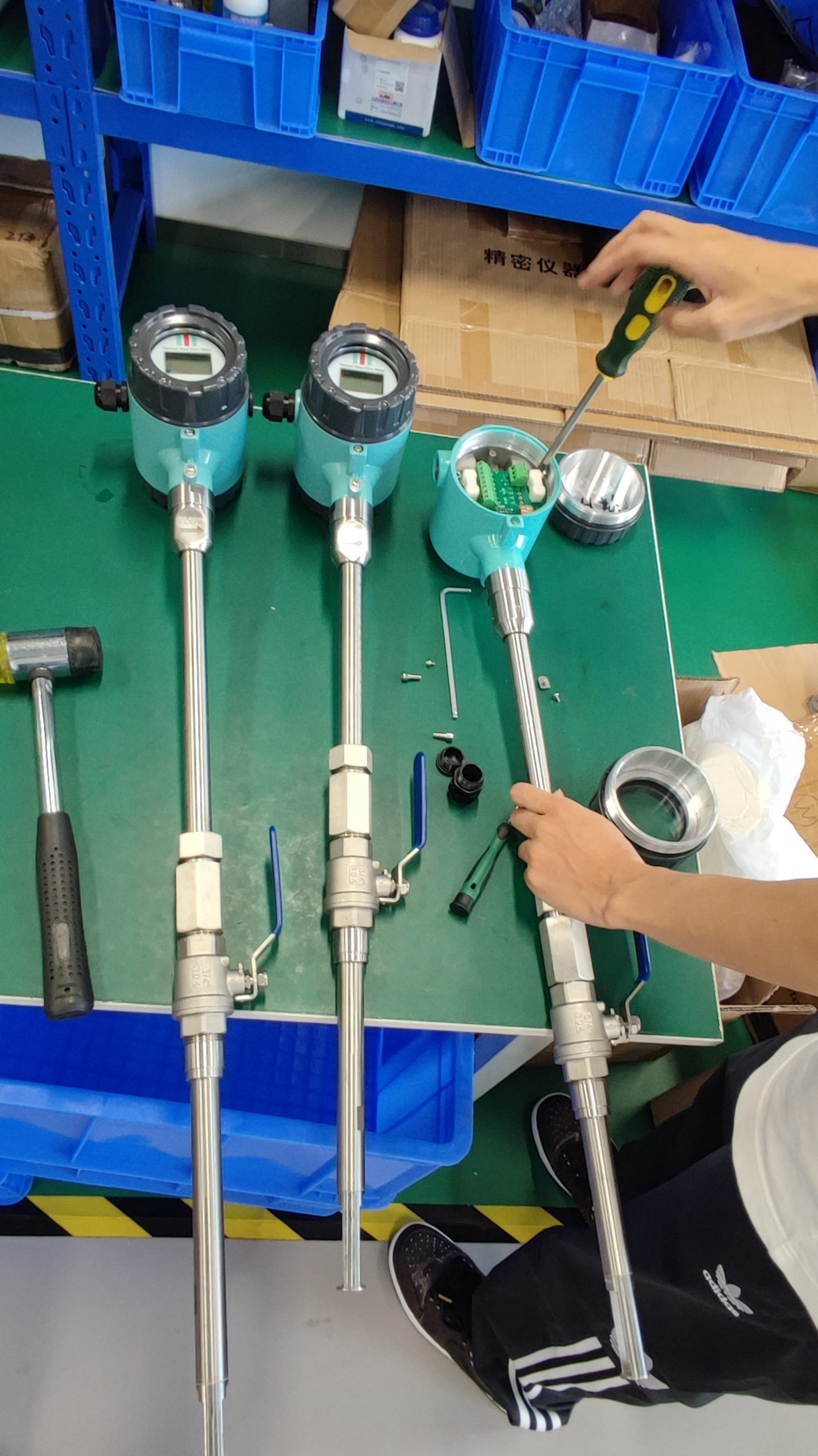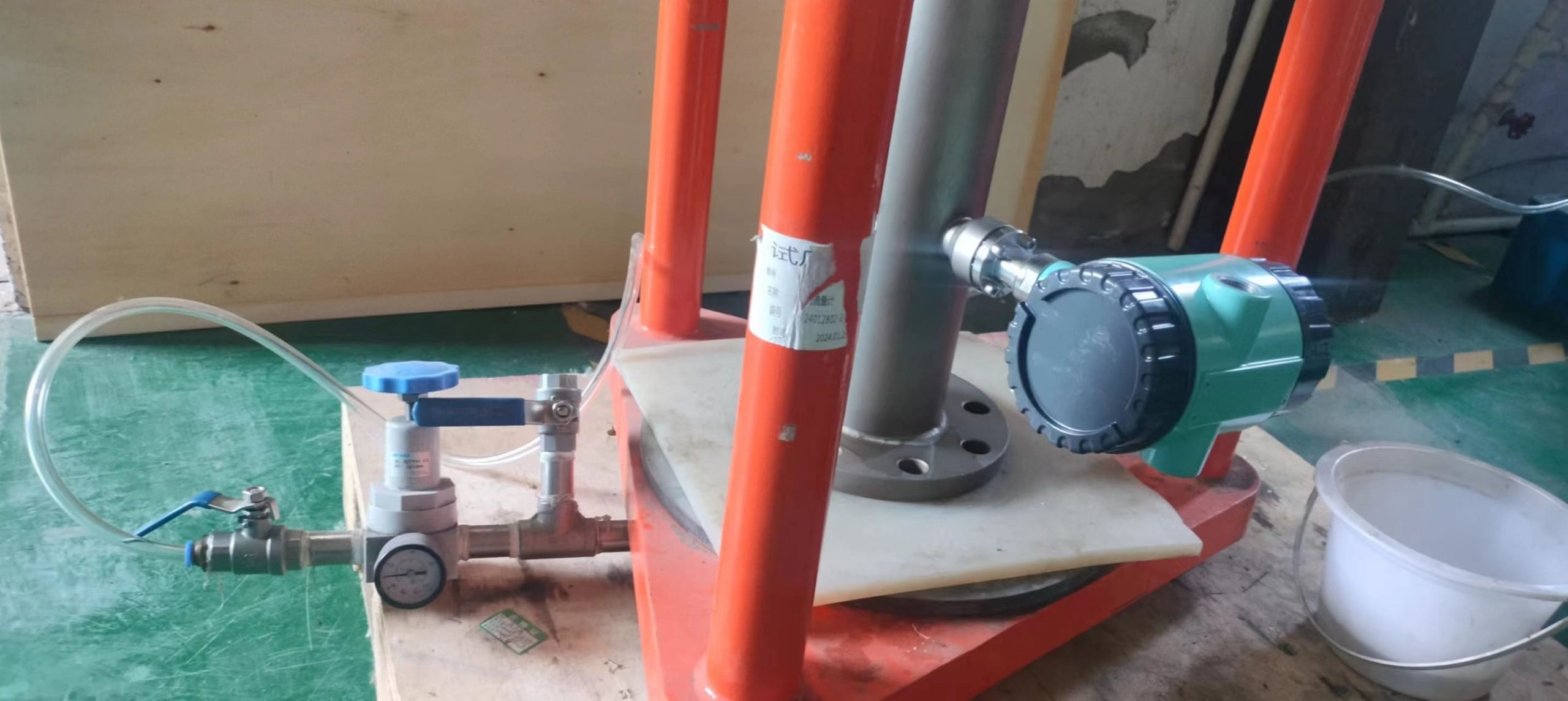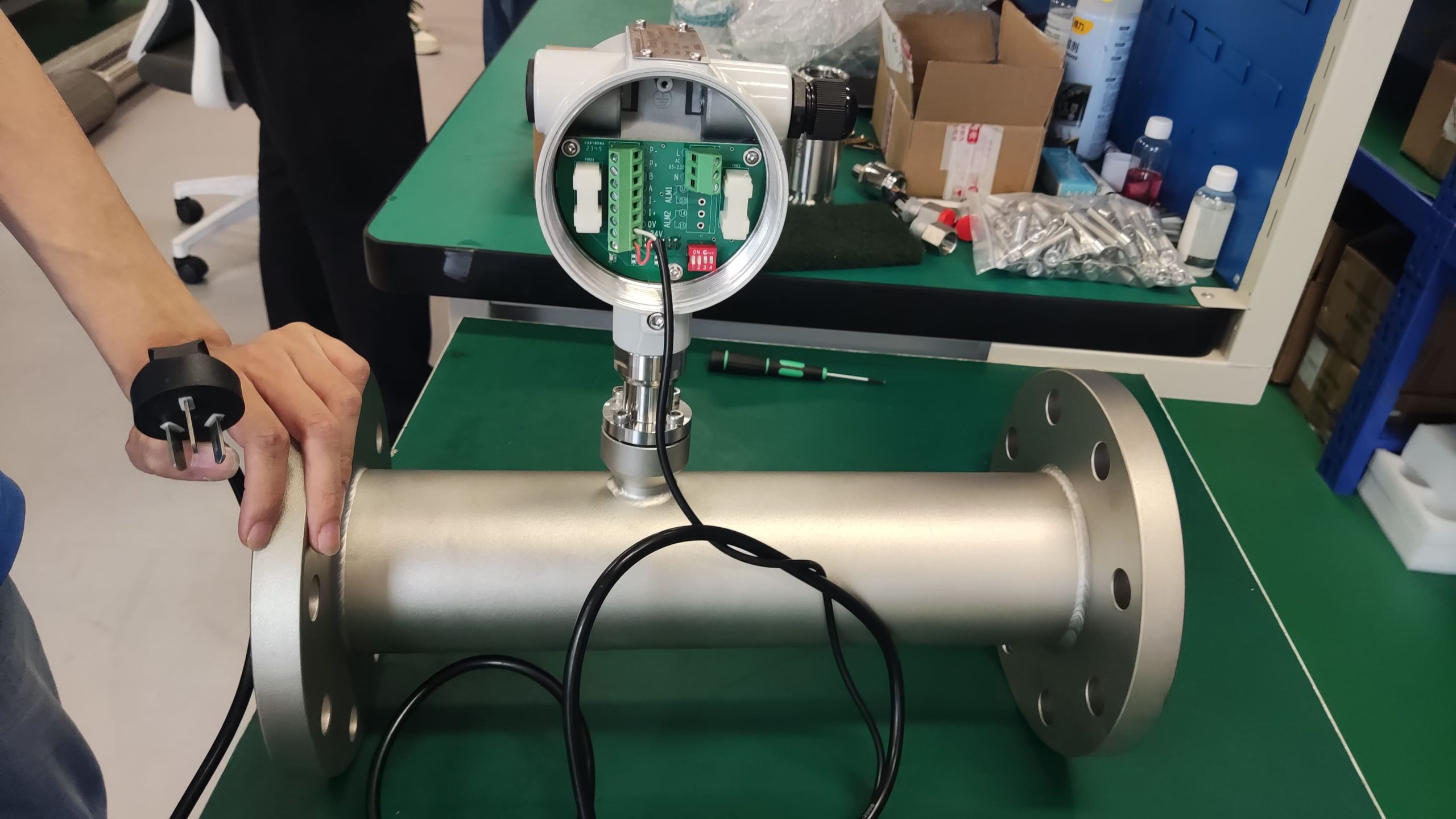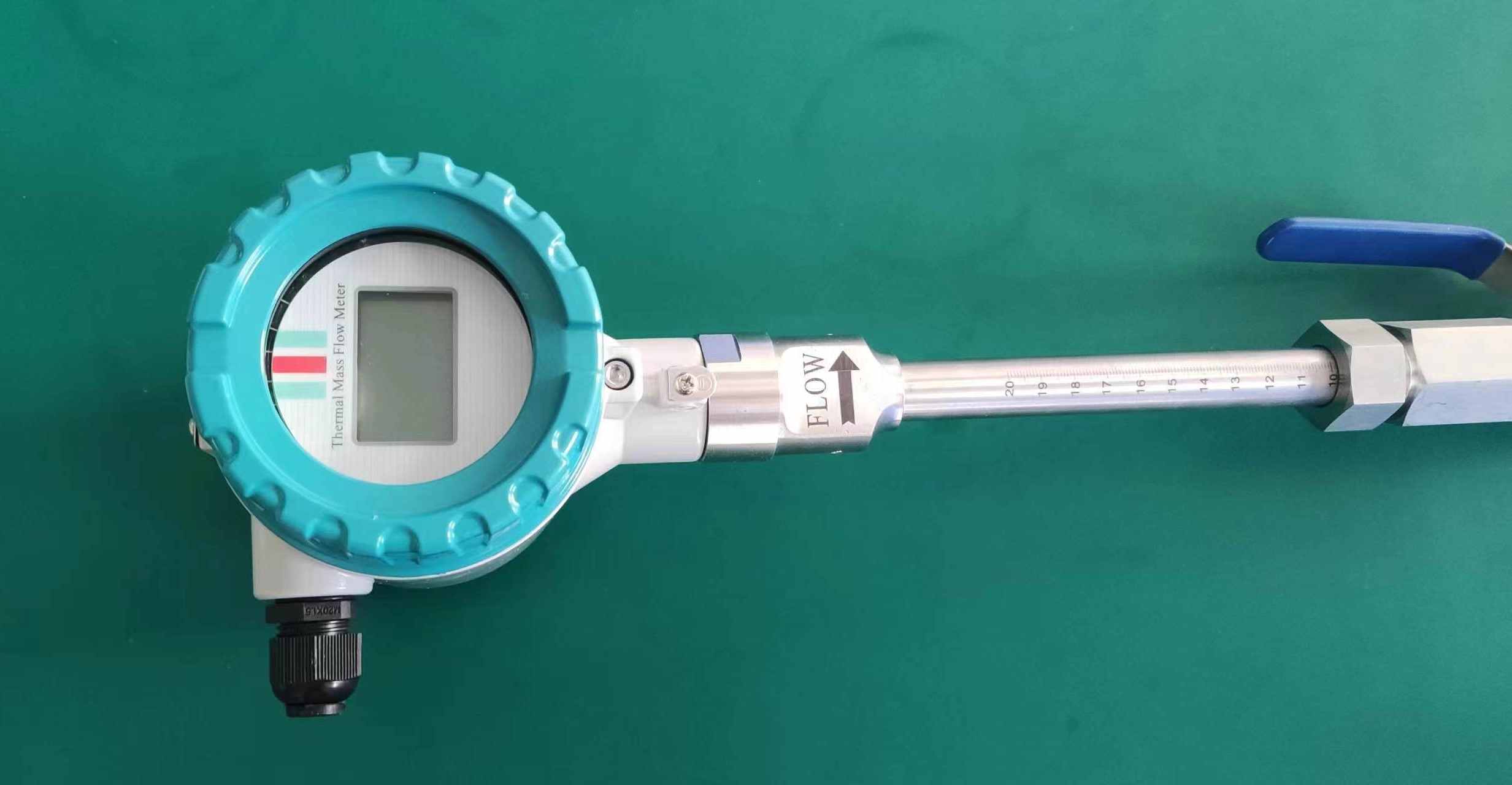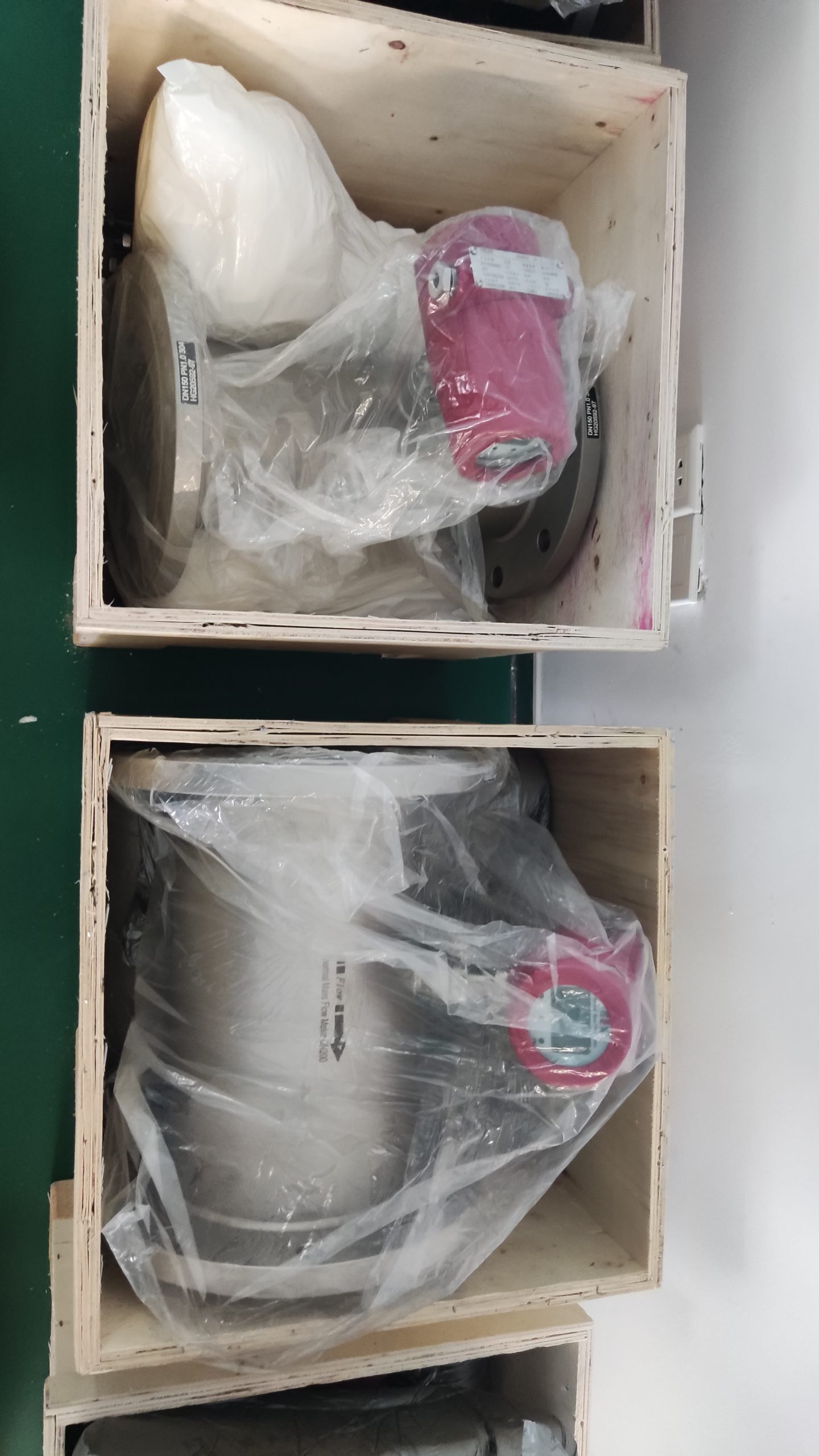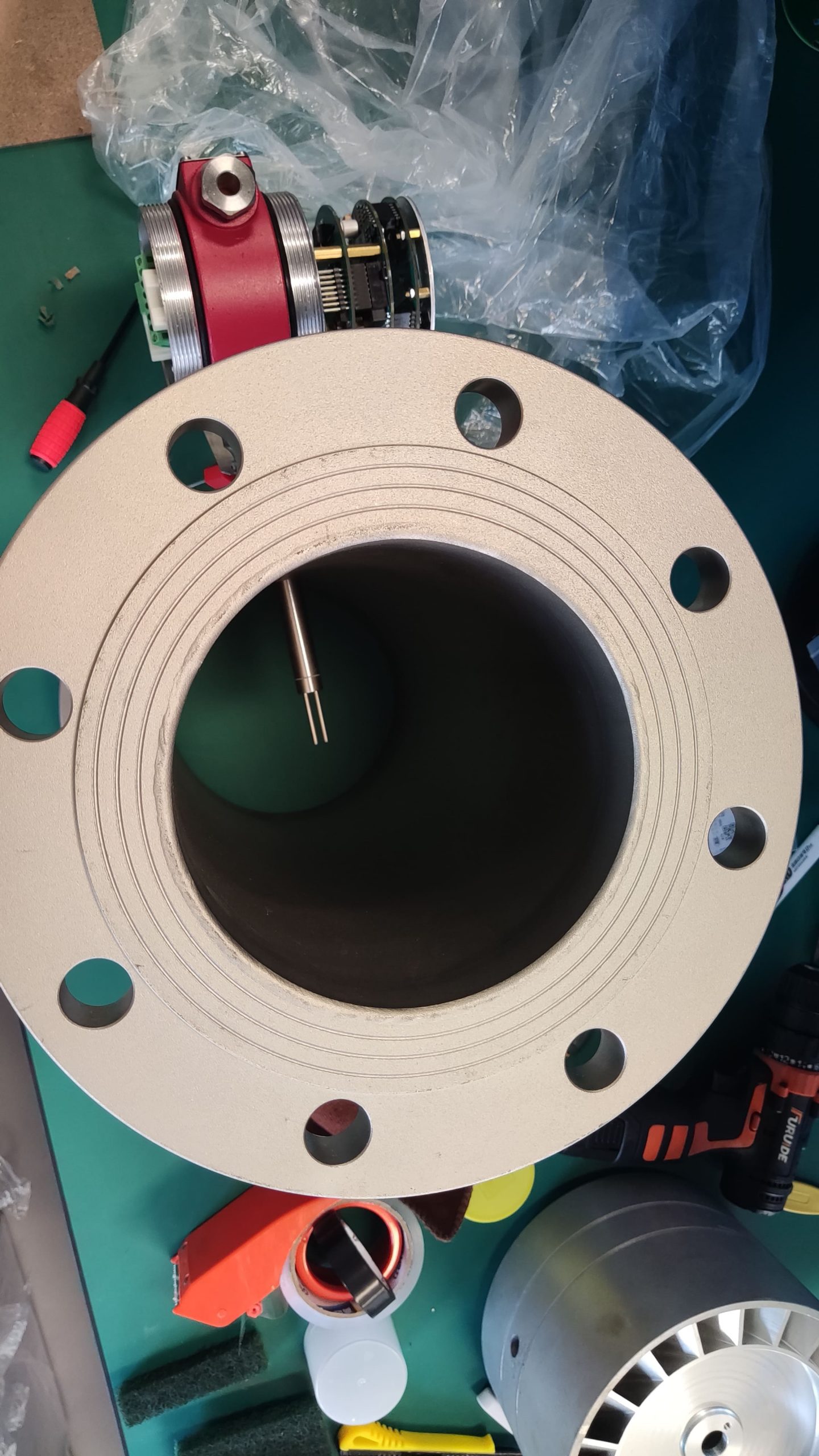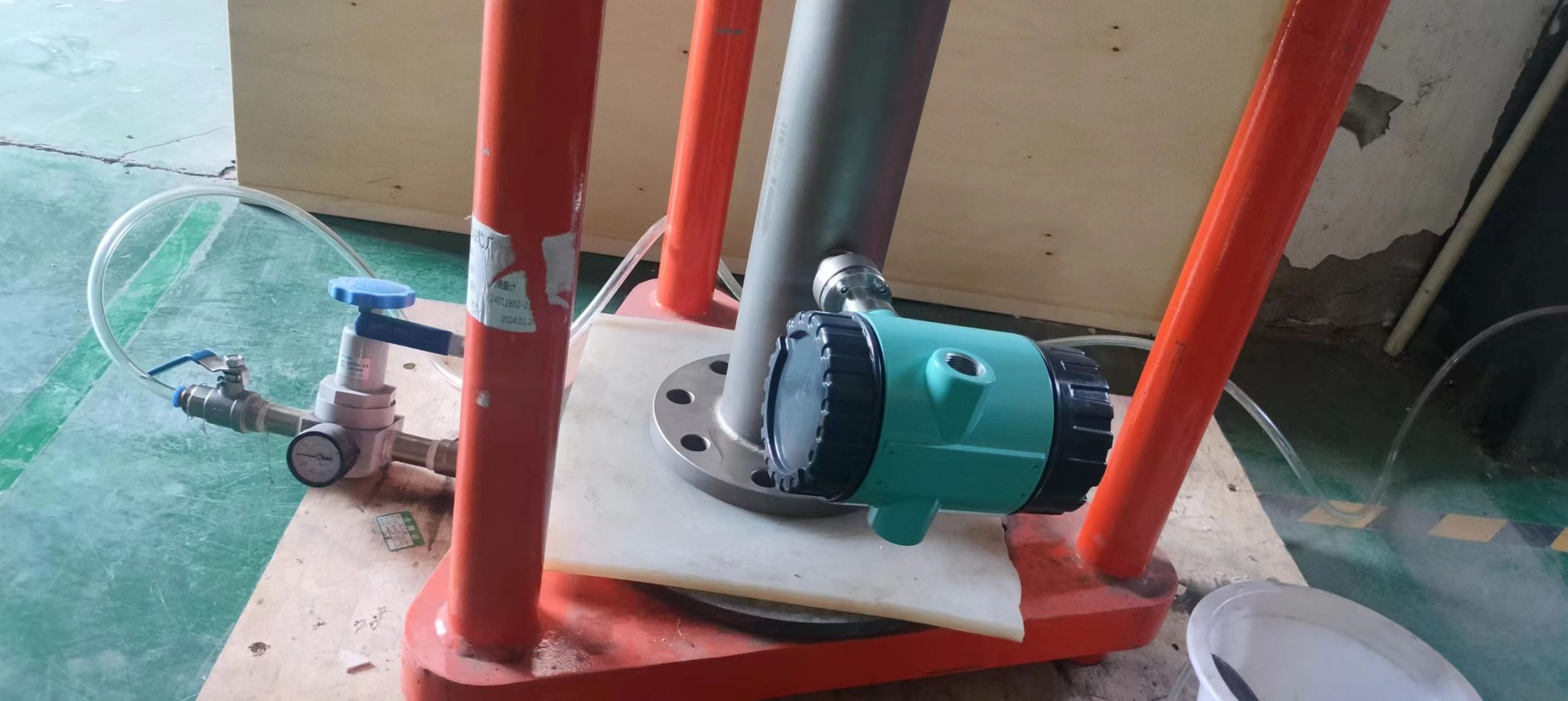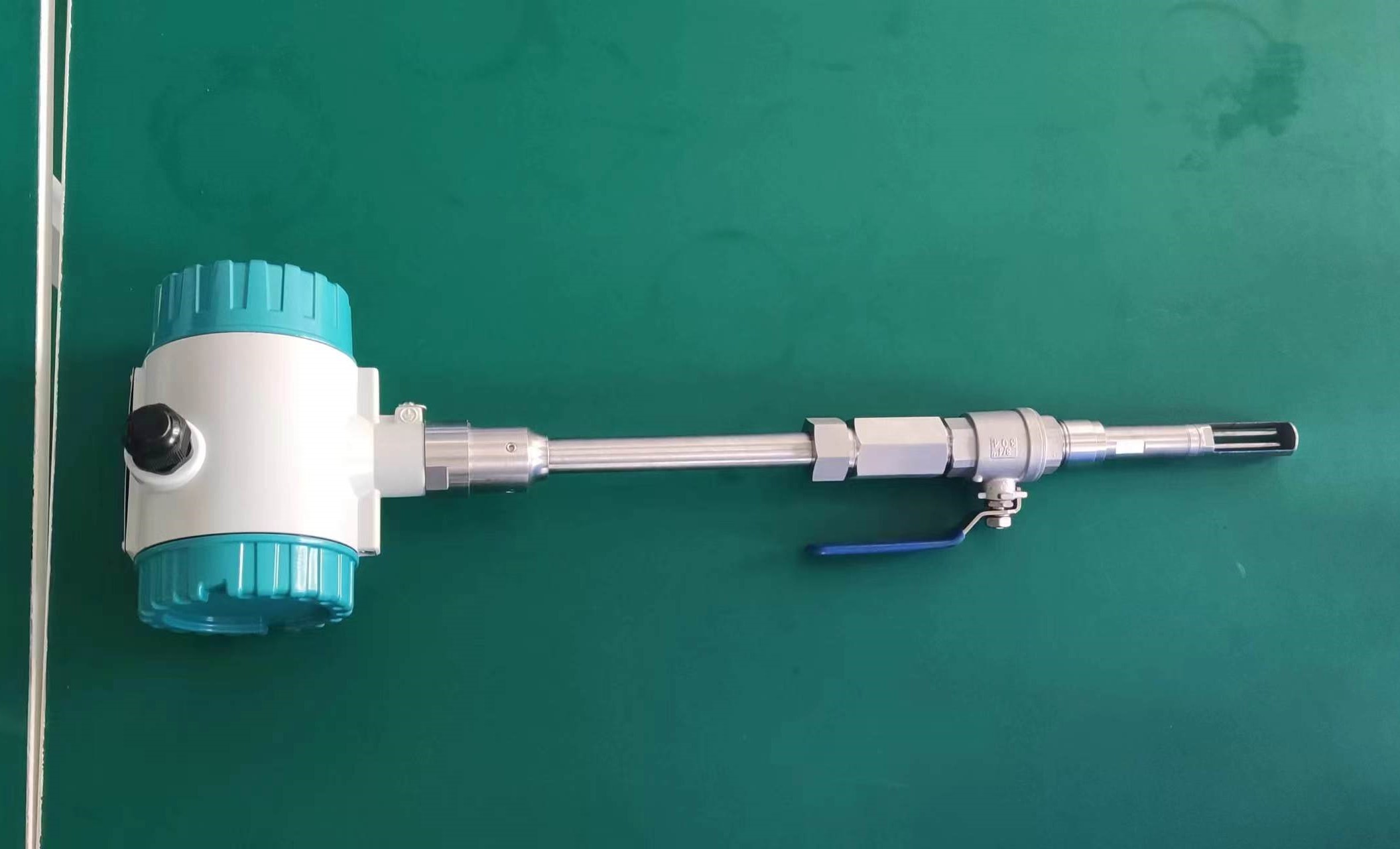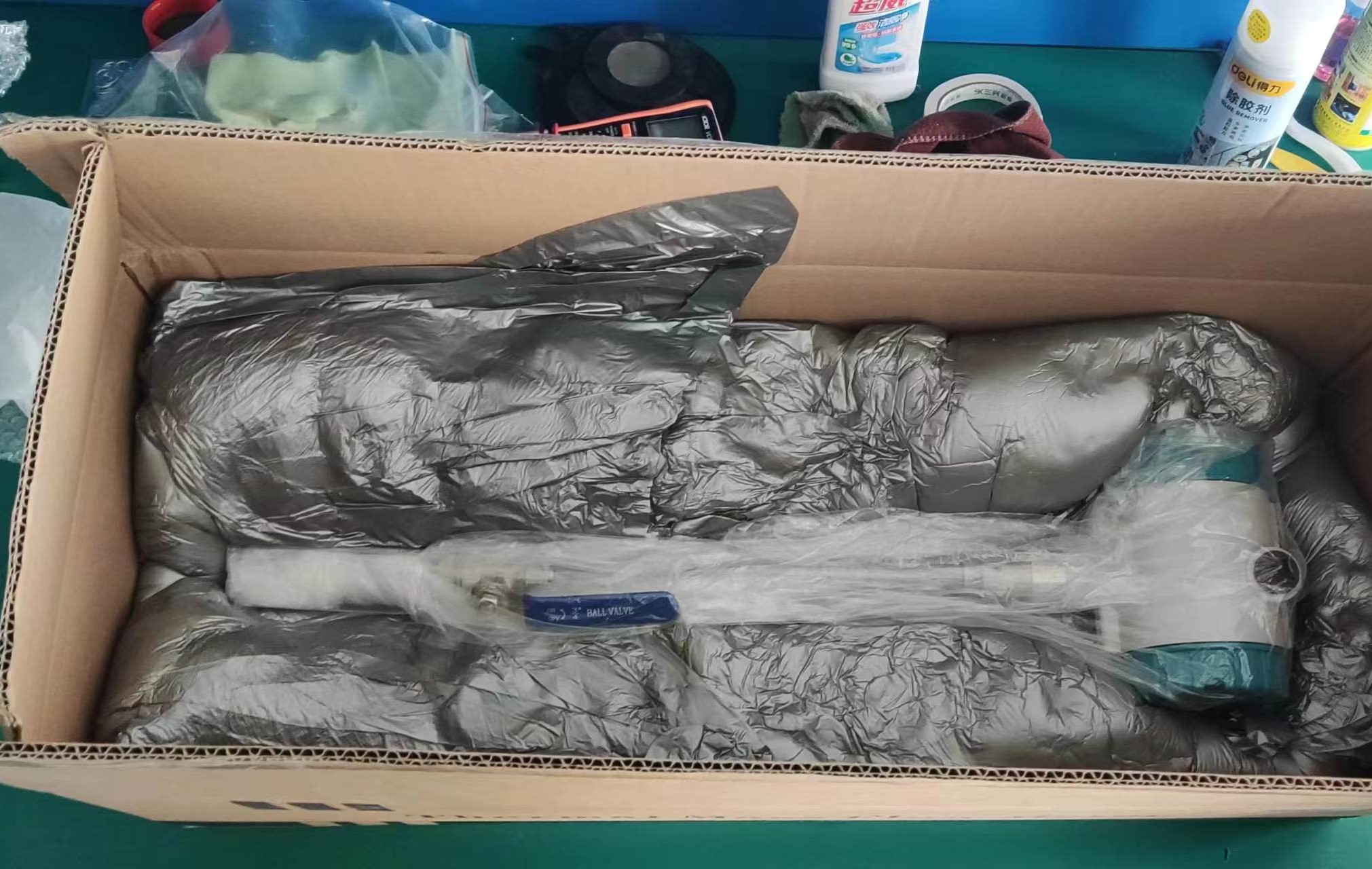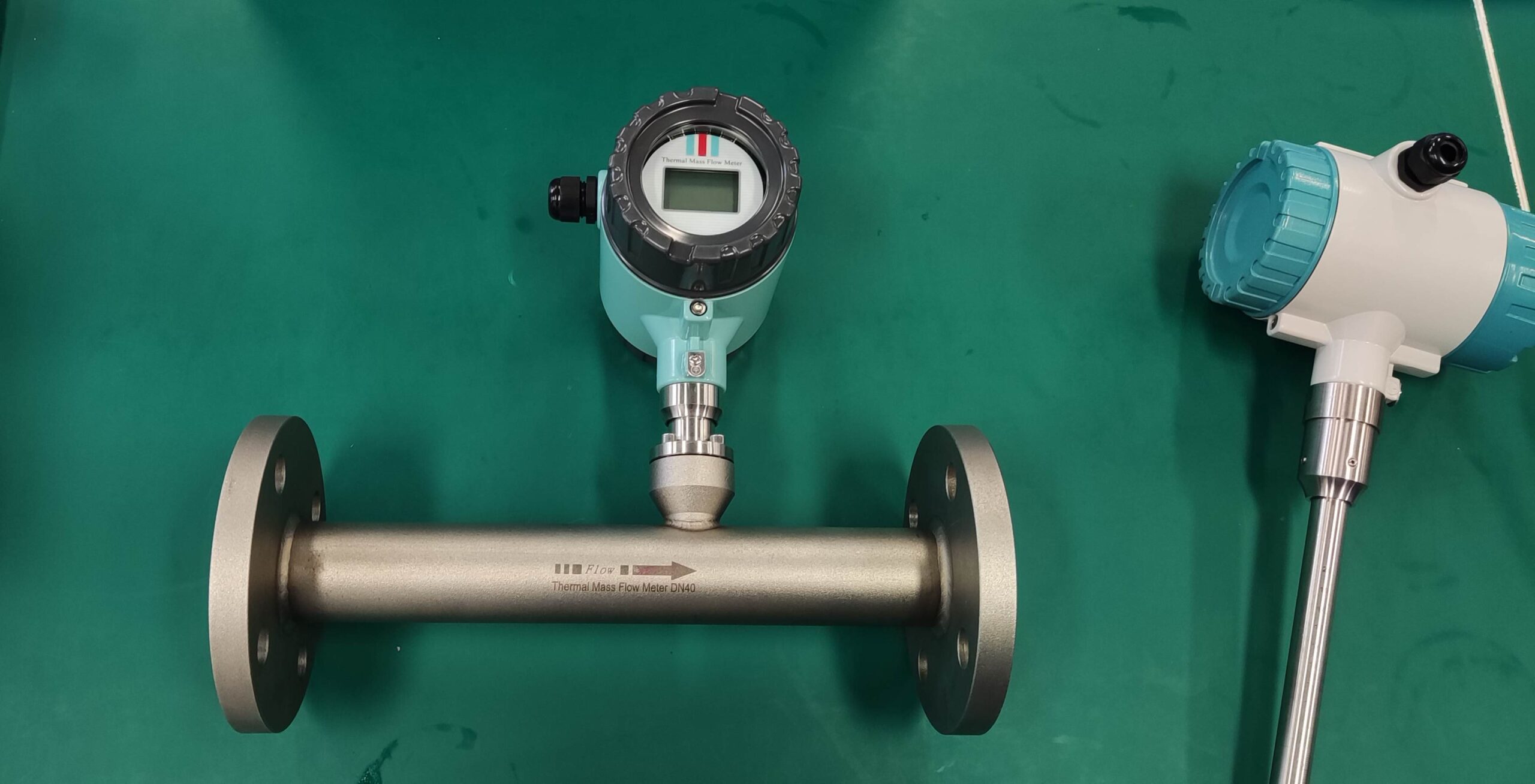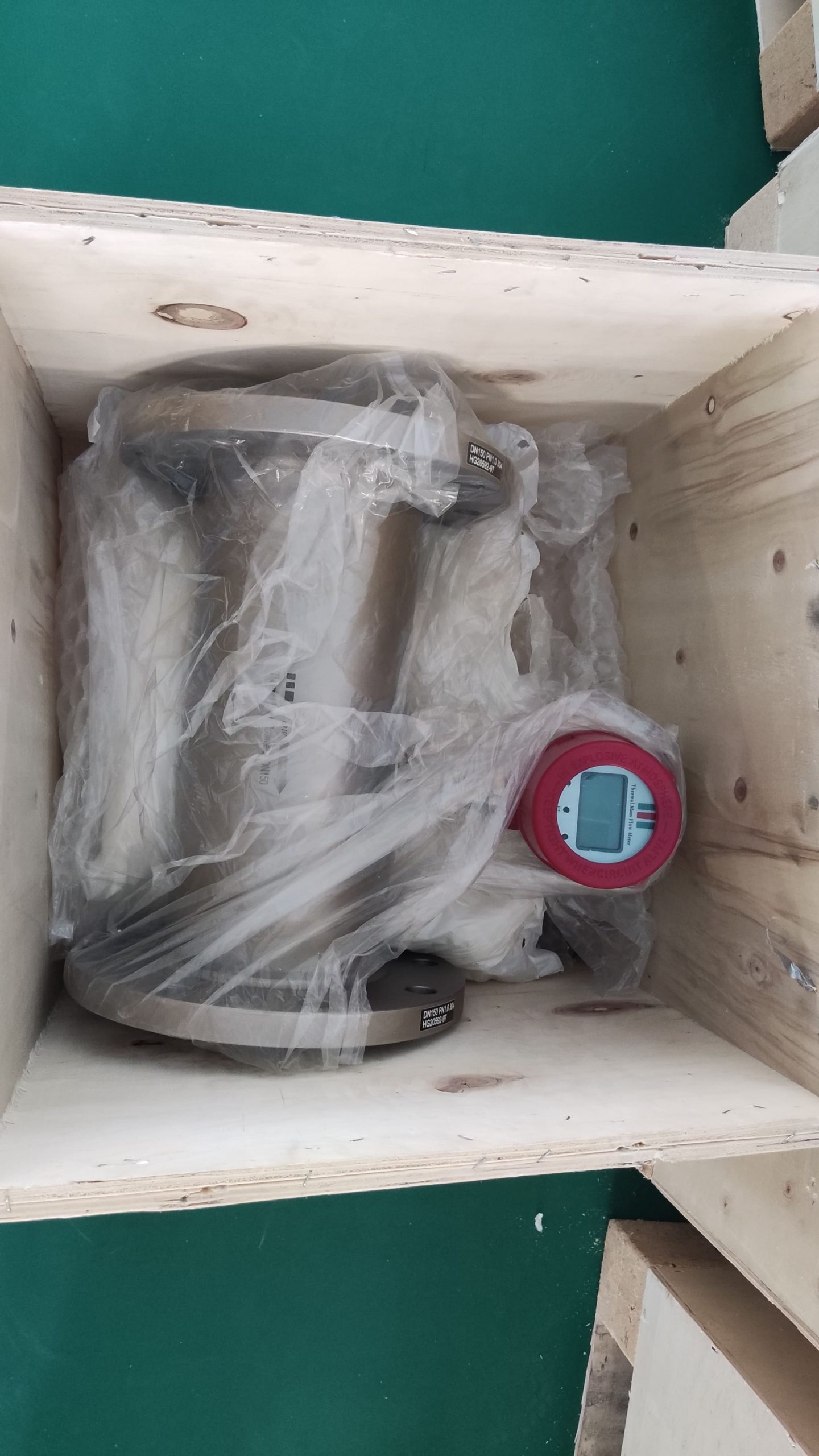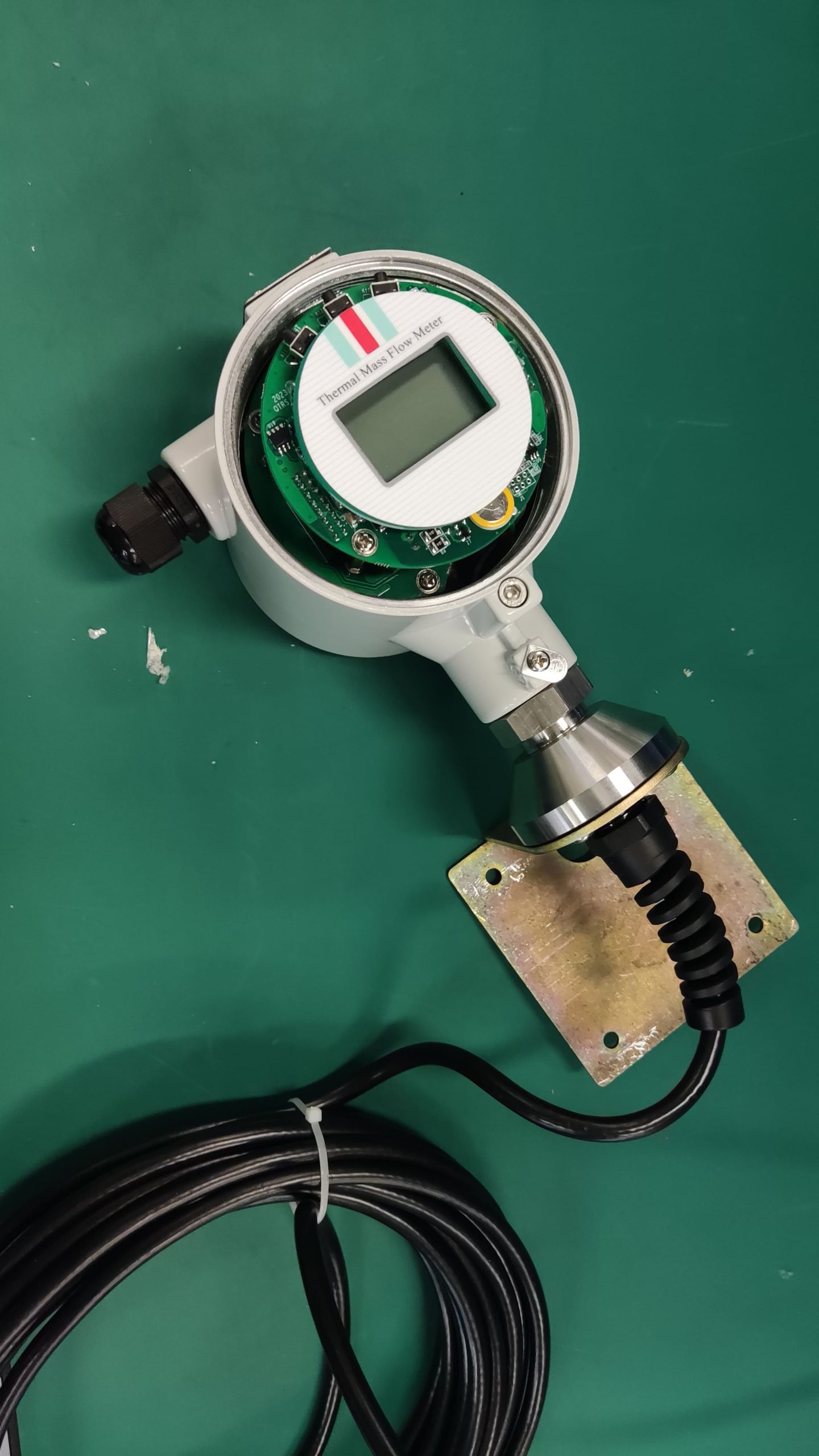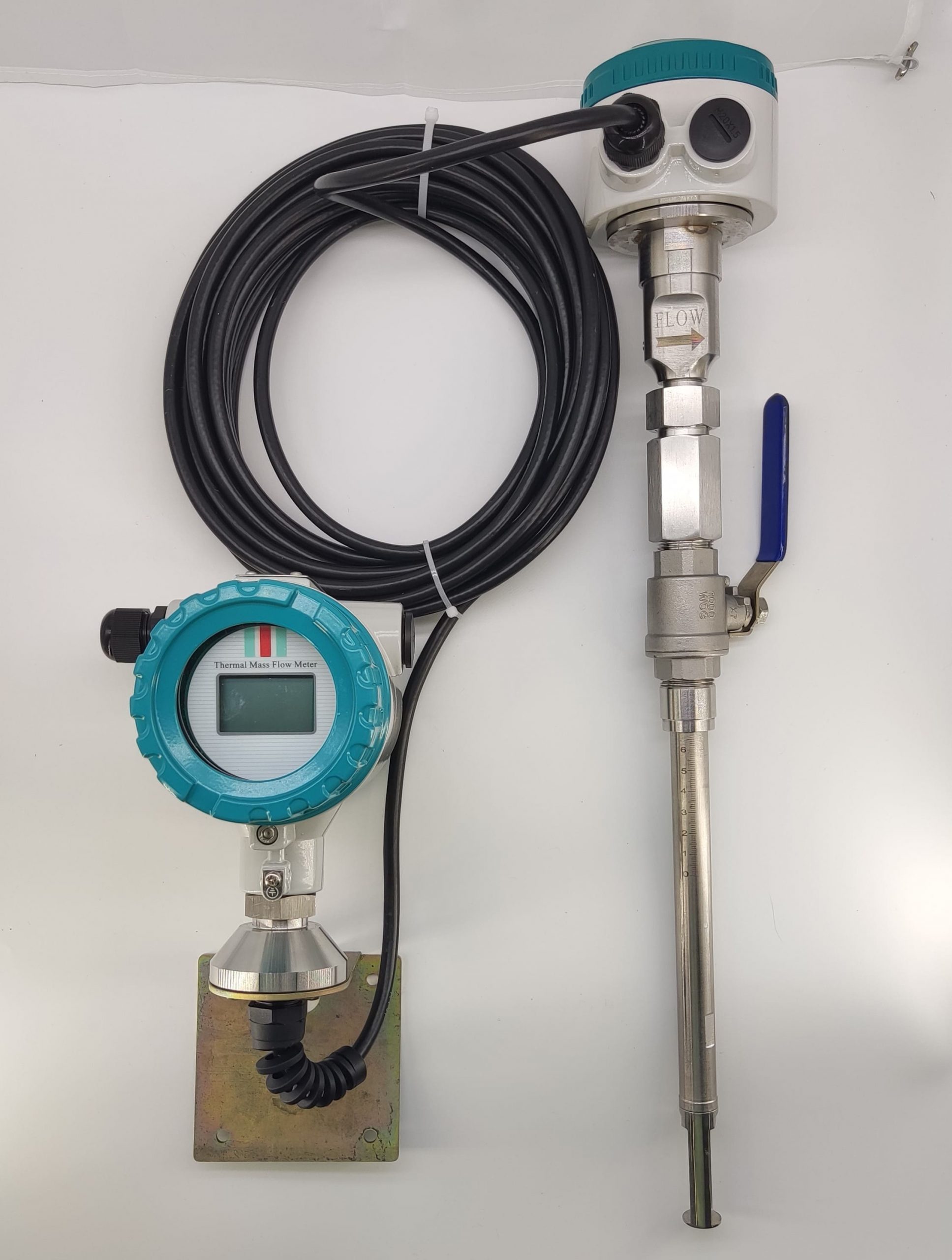Why do thermal gas mass flow meters use two tubes?
The medium of one of the two tubes of the thermal gas mass flowmeter does not flow, and the medium of the other tube flows. By comparing the Coriolis force of two pipes to obtain the flow rate, it is convenient to eliminate the natural vibration of the pipeline, the vibration of the fluid itself and other factors that affect or interfere with the measurement.
Flowmeters using Coriolis principle:
In a rotating wheel, when a particle moves from the center of the circle along the radius to the edge, a force is generated that causes the speed of the disk to decrease. Otherwise, a force is created that causes the disk speed to rise and fall. The magnitude of this force is directly related to the mass of the particle and its velocity. One of the early people who systematically studied this phenomenon was Coriolis, and this force is also known as Coriolis force.
The particle motion and trajectory in the above phenomenon are replaced by the pipeline and the medium flowing in it, and the rotation in the above phenomenon is limited to a small range of rotation back and forth. According to the Coriolis principle, when the flow along the pipe from the center of the circle, it will produce a force that reduces the frequency of rotation. As the flow along the pipe toward the center of the circle, it creates a force that increases the frequency of the back-and-forth rotation. This force is directly related to the density of the medium and the velocity of the flow.
Make a pipe that causes the medium to flow first down, and then up, and apply a force with a fixed frequency that causes the lower part of the pipe to vibrate back and forth, so that the falling and rising parts of the pipe move back and forth in a circular motion. When the medium flows in the pipeline, due to the Coriolis force, the vibration frequency of the falling section and the rising section of the pipeline will produce a phase difference with the frequency of pushing the pipeline vibration. This phase difference is proportional to the density of the medium, the flow rate, and the shape of the pipeline (flow area), and the mass flow rate can be directly obtained by detecting this phase difference.
Flowmeters that work according to this principle are currently called mass flowmeters.
The medium in one tube does not flow, and the medium in the other tube flows. By comparing the Coriolis force of two pipes to obtain the flow rate, it is convenient to eliminate the natural vibration of the pipeline, the vibration of the fluid itself and other factors that affect or interfere with the measurement.

